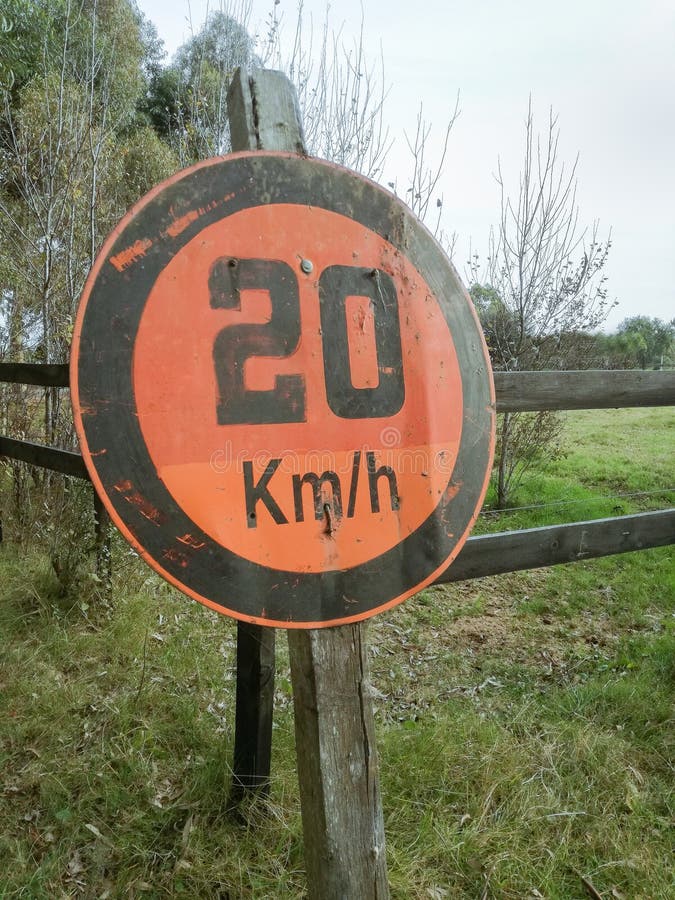

You can learn more about how we ensure our content is accurate and current by reading our editorial policy. We link primary sources - including studies, scientific references, and statistics - within each article and also list them in the resources section at the bottom of our articles. Medical News Today has strict sourcing guidelines and draws only from peer-reviewed studies, academic research institutions, and medical journals and associations. A doctor can help advise them based on their overall health, medications, and other factors. Practice good posture and gait when walking.Ī person should speak with a doctor about reasonable goals, expectations, and starting points for walking.

80 km per hour free#
Walking is a simple, free exercise that nearly anyone can engage in. The Centers for Disease Control and Prevention (CDC) recommends a person get a minimum of 150 minutes of moderate exercise per week, which can include brisk walking. This is in addition to the potential benefits a person will experience from walking in general. A person can see improvements in LTL length through walking alone, regardless of how much other physical activity they engage in. The study found that walking briskly for most of a person’s life decreases biological age by an average of 16 years once they reach midlife. In short, increasing LTL can increase a person’s life expectancy and decrease risk of disease and the development of other conditions.

The longer the telomere, the younger in biological age a person is. Scientists use telomere length to measure a person’s biological age. Telomeres are protective ends to chromosomes. In a large study published in 2022, researchers looked at the correlation between brisk walking and leucocyte telomere length (LTL). Walking faster may have some additional health benefits for a person.


 0 kommentar(er)
0 kommentar(er)
